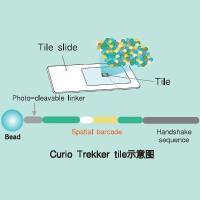Comparative Phosphorylation Site Mapping From Gel-Derived Proteins Using a Multidimensional ES/MS-Based Approach
互联网
658
Understanding how phosphorylation regulates the behavior of individual proteins is critical to understanding signaling pathways. These studies usually involve knowledge of which amino acid residues are phosphorylated on a given protein and the extent of such a modification. This is often a rather difficult task in that most phosphoproteins contain multiple substoichiometric sites of phosphorylation.
Here we describe the multidimensional electrospray (ES) mass spectrometry (MS)-based phosphopeptide-mapping strategy developed in our laboratory. In the first dimension of the process, phosphopeptides present in a protein digest are selectively detected and collected into fractions during on-line liquid chromatography (LC)/ES/MS, which monitors for phosphopeptide-specific marker ions. This analysis generates a phosphorylation profile that can be used to assess changes in the phosphorylation state of a protein pointing to those phosphopeptides that require further investigation. The phosphopeptide-containing fractions are then analyzed in the second dimension by nano-ES with precursor-ion scan for the marker ion m/z 79. As the final step, direct sequencing of the phosphopeptides is performed by LC/ES/MS/MS. Merits and limitations of the strategy, as well as experimental details and suggestions, are described here.









